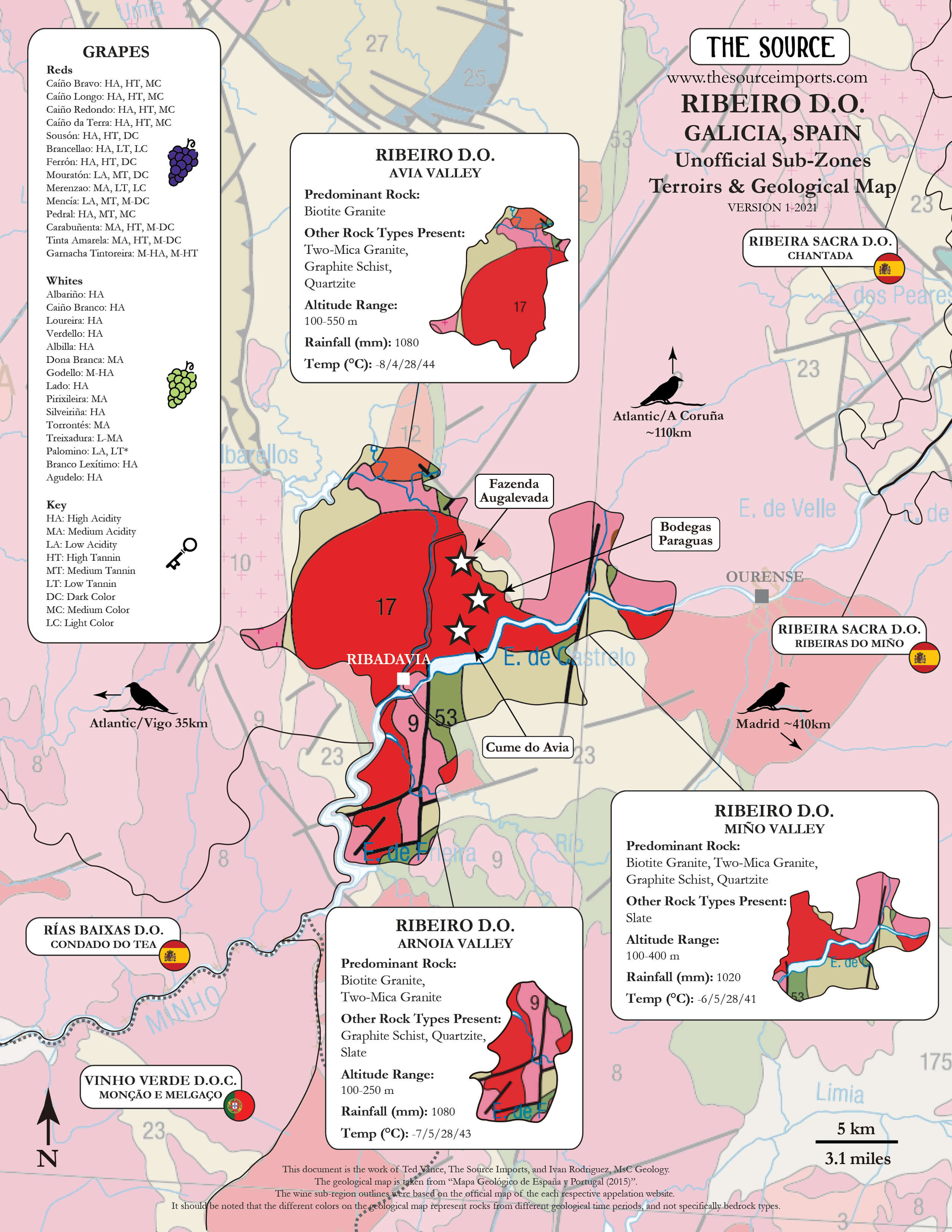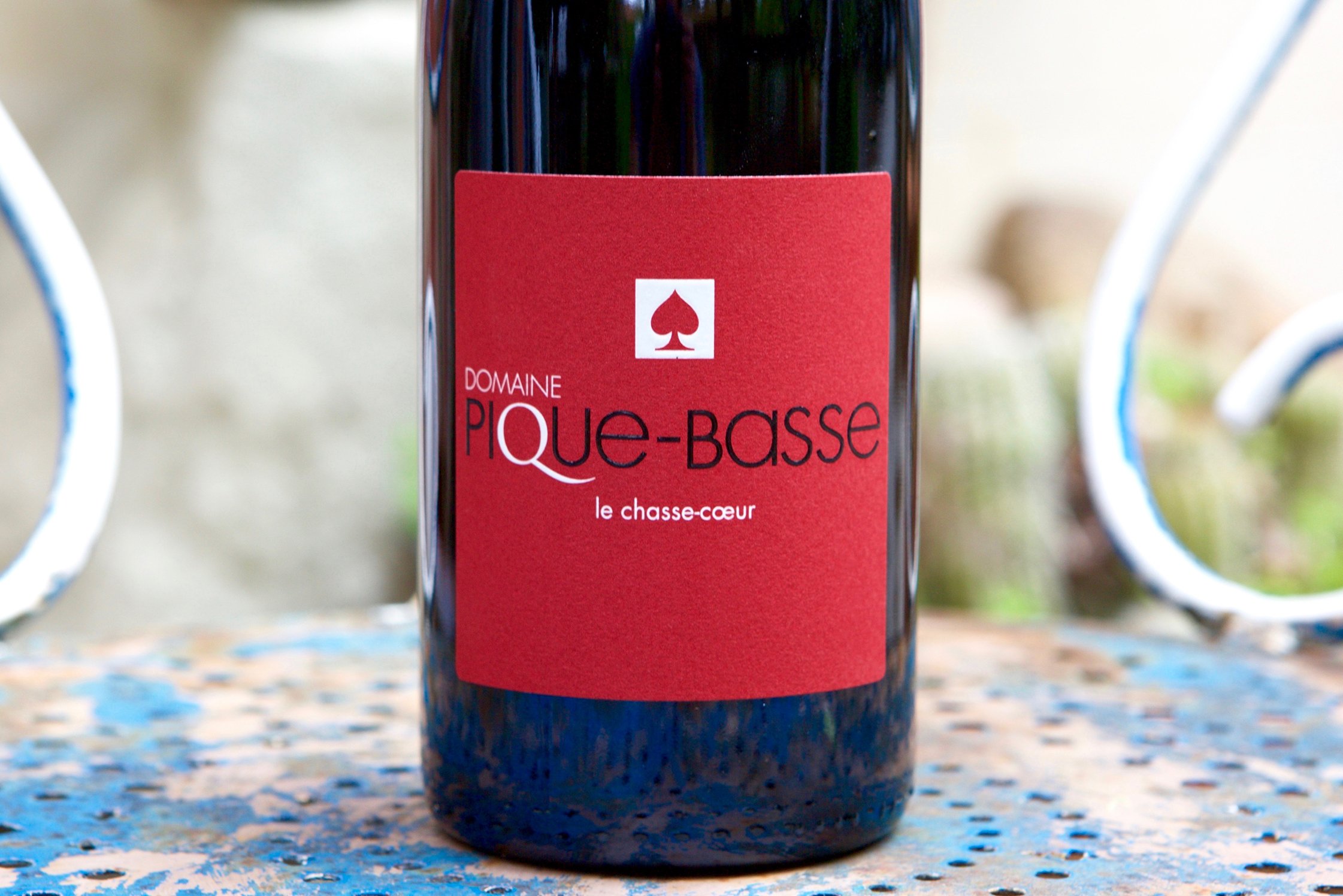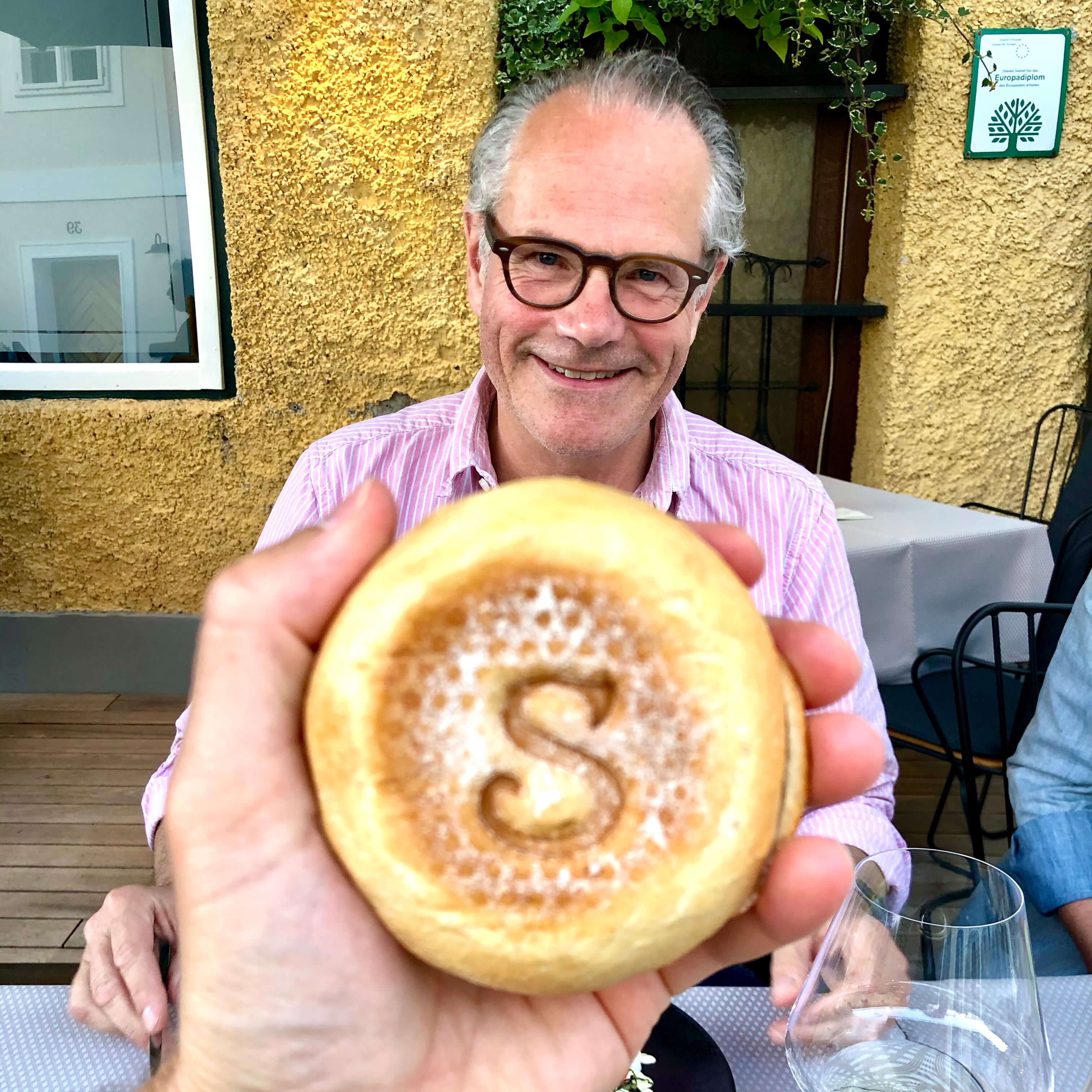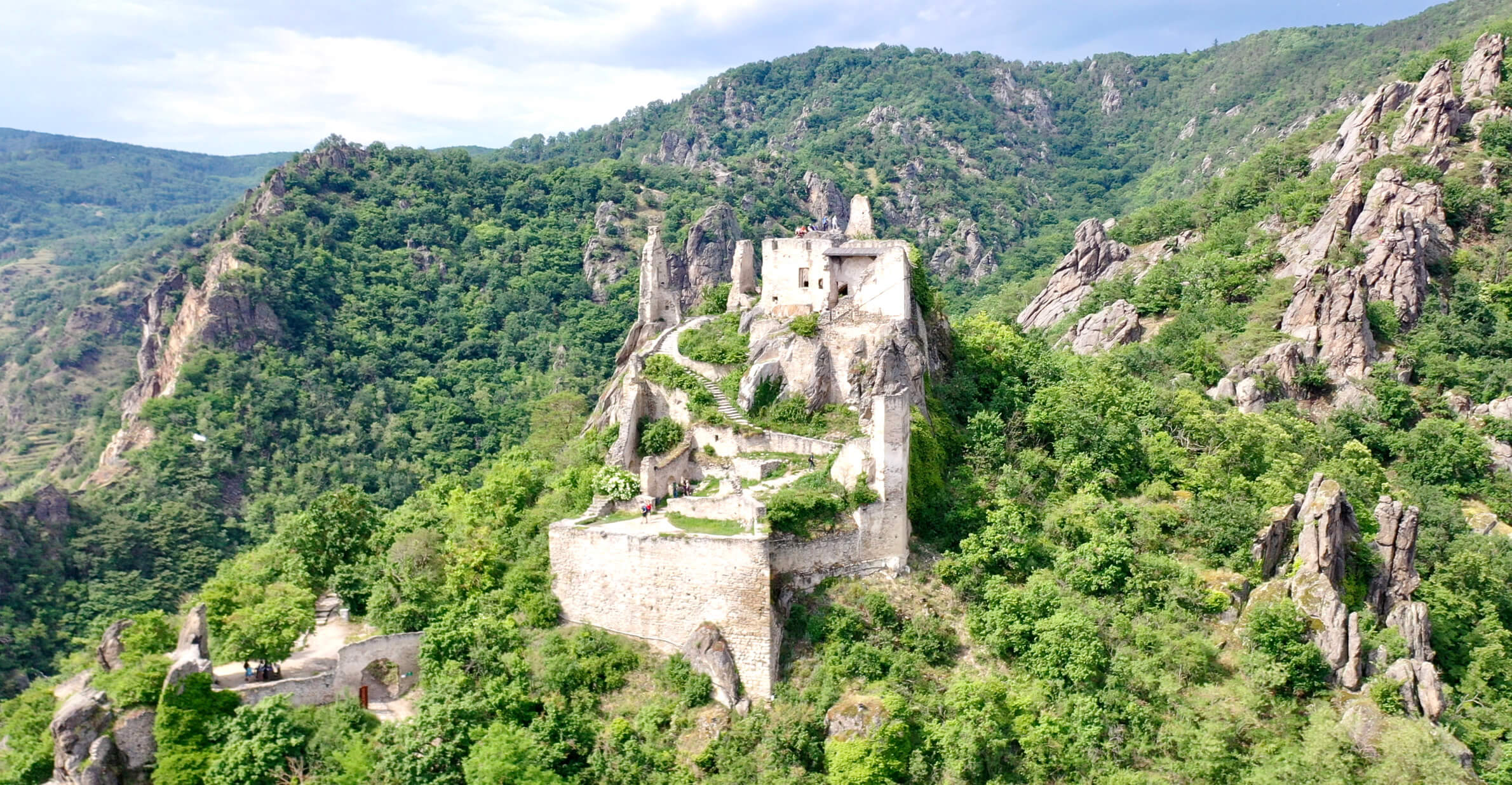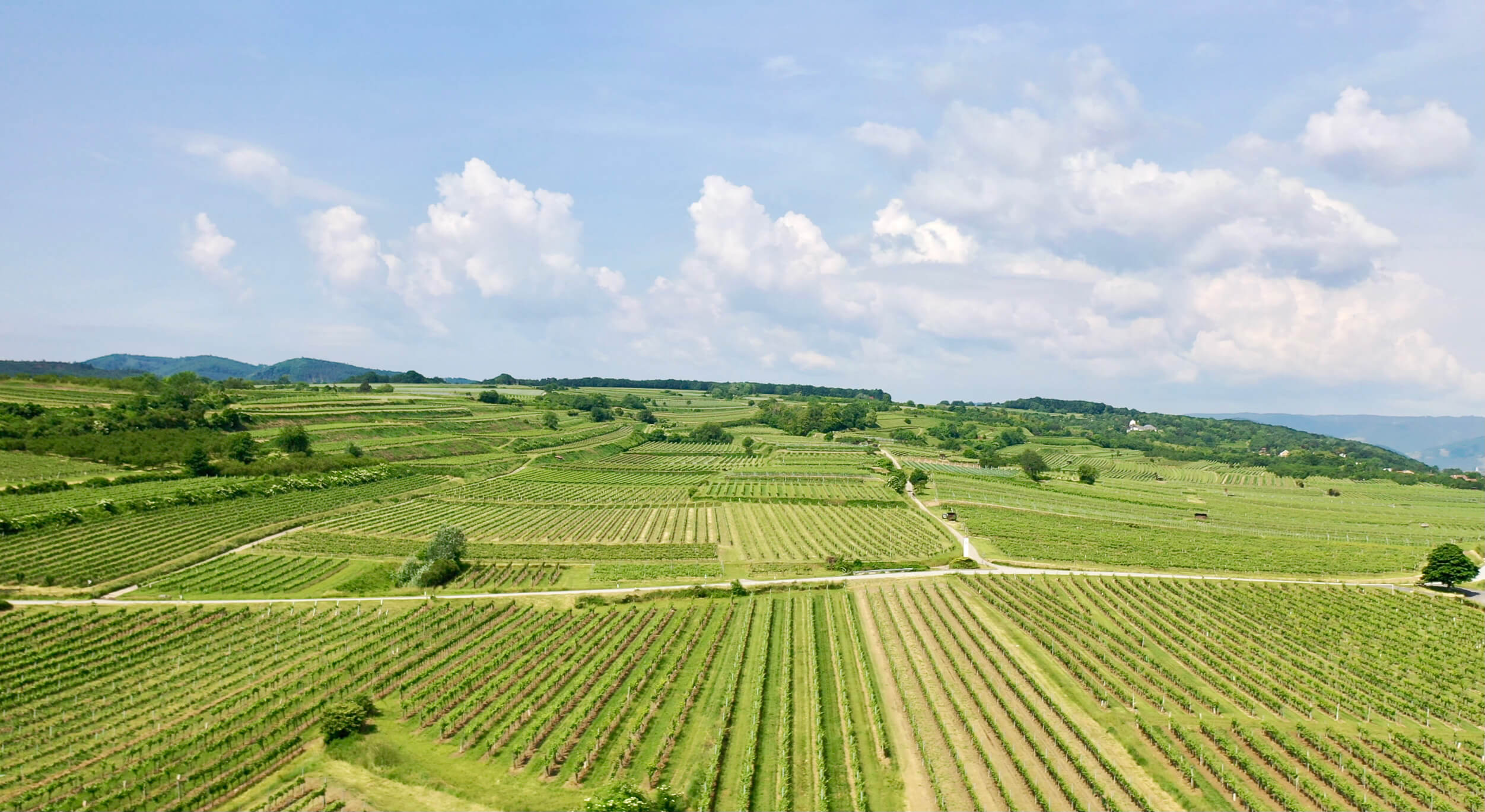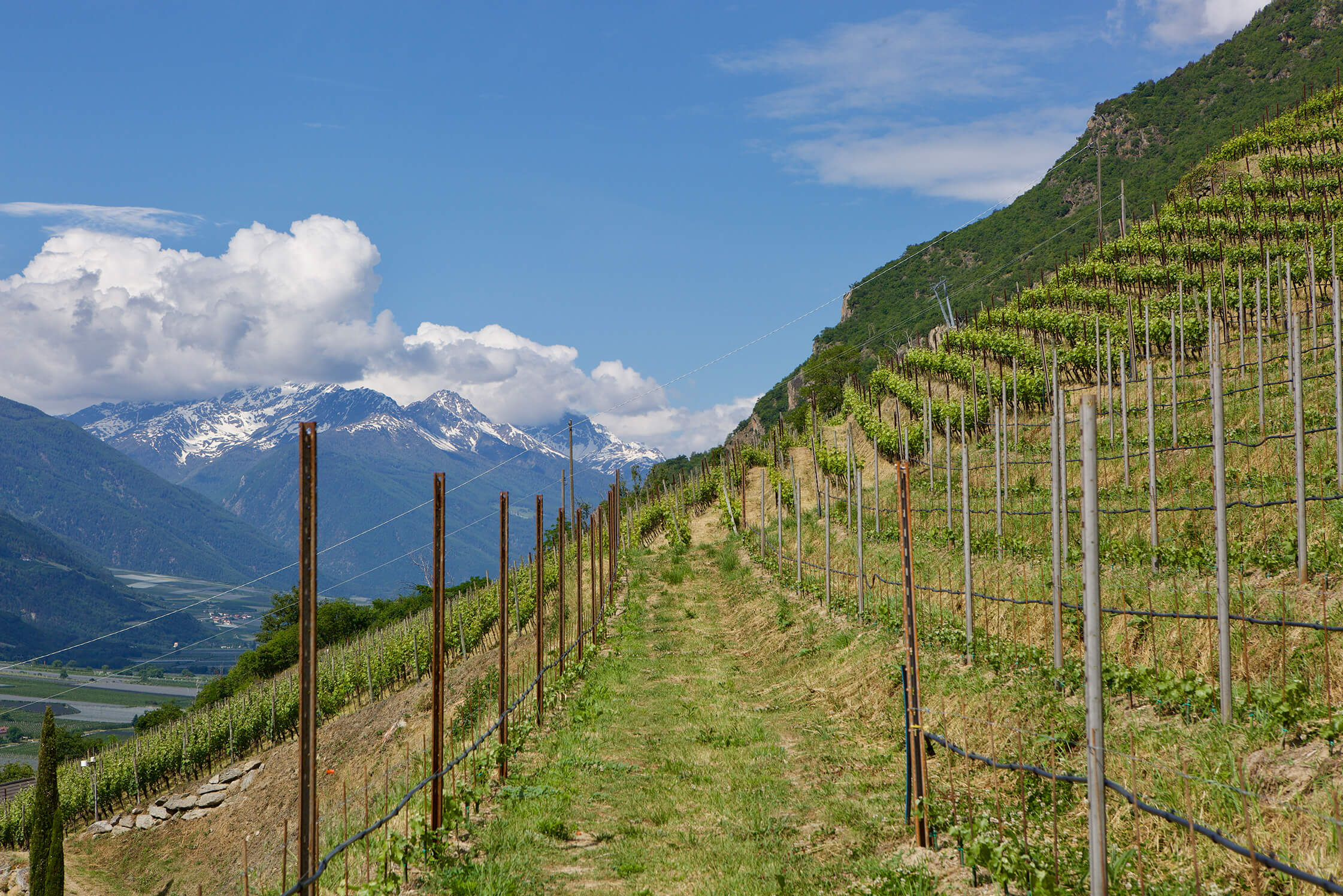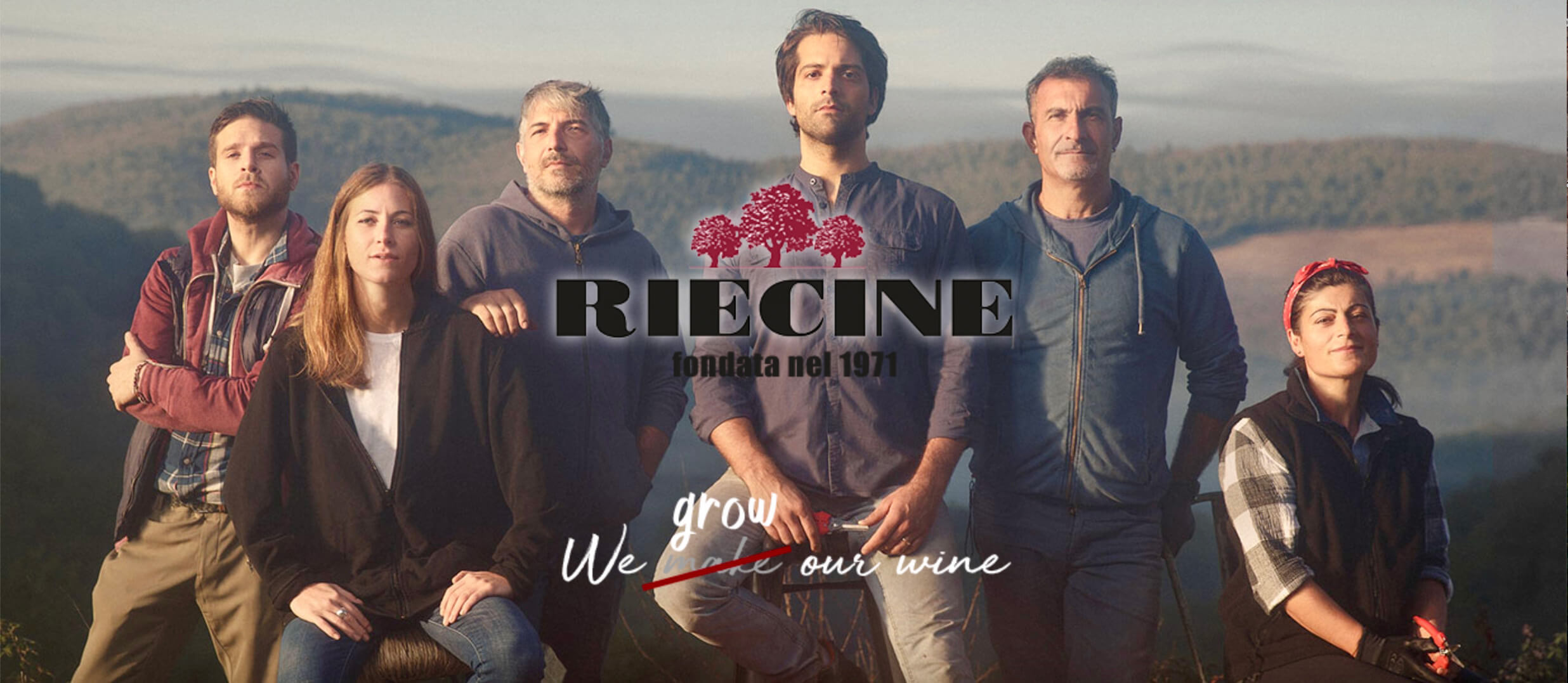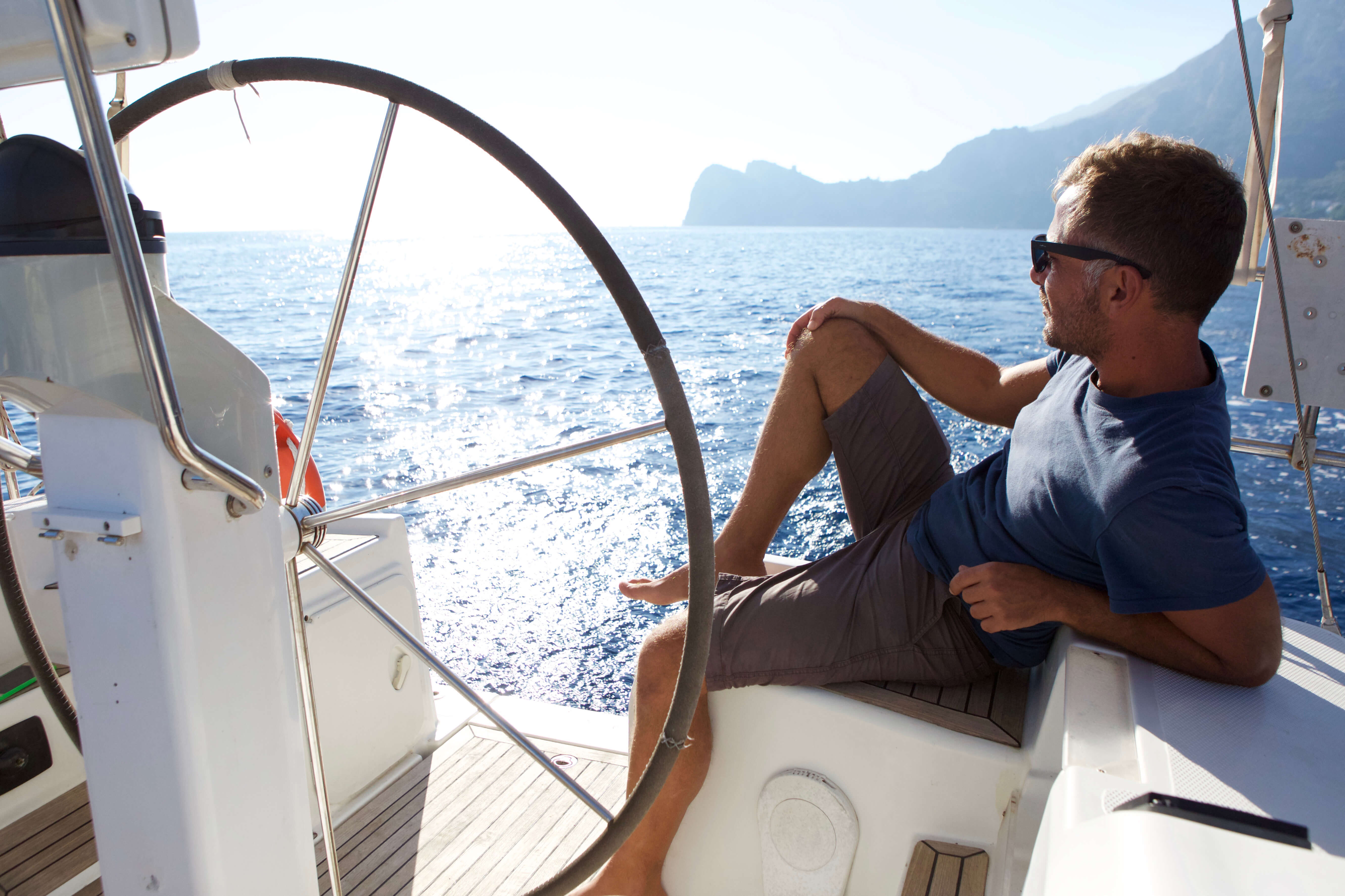
Every year it’s the same story: How did summer fly by so quickly? It really is hard to accept that it’s already September. After a long road trip visiting friends/producers, I’ve returned to an overload of work, yet I still manage to find time to sit down and work on our newsletter. The truth is, this is my favorite of all the pieces I write. Well, here we go on number seven, and I haven’t missed one since the first rolled out in March of this year. There’s always so much to share and since I rarely get to see anyone other than our producers face-to-face anymore, this is one of the ways of keeping you apprised of what’s going on.
I was on the road for six weeks through Northern Spain, Southern France, Northern Italy, Austria, Germany, and back through Champagne, Chablis and Côte d’Or, and then on to my final work stop in Beaujolais—always a good place to have the last bash. It’s hard to keep going after visiting those guys because they often prefer to drink during the day more than work, with the first glass poured at lunch and the river of Beaujolais still flowing well past midnight.
During the trip I started a travel journal that I’ve appended to the bottom of the last few newsletters where I recount a bit of the play-by-play. It was one of the best work trips through Europe I’ve had, and with these entries I enjoy sharing my experiences and the things I’ve learned along the route. Nevertheless, the tradition of including the journal with each newsletter will be short-lived. Instead, it’ll be published separately and probably around the middle of each month to help keep these notices shorter and more purely focused on the new goodies we have coming in from Europe. However, there is one addition to this newsletter introducing a new companion I had with me on my trip in the form of a drone.
I started filming from the sky this year (and of course I’ve crashed a couple of times already, though I’m getting better) and it’s brought me a fresh perspective on our wine world. It’s totally different from anything I’ve experienced over the years and it’s prompted some new lines of thinking. I’m editing the footage to make videos and aerial photos available for you to browse on our website and an introduction to the endeavor, A Drone’s Eye View, can be found at the bottom of this issue. This month I will release the first in-flight video that covers the right bank of Chablis.
Like every other importer, we’ve had to push and shove our way into the line to get our boats full of goods across the Atlantic, and the ocean journeys are only the first half of the problem. The second occurs once shipments enter the domestic freight system, which has been moving just as slowly as the shipping lines. So, what’s happening? Well, prices are now obscene on some fronts (even with our local wholesale delivery services), with cost quotes that are sometimes downright offensive. However, many of our producers have been real champions in their understanding of the global predicament. They have problems too, like simply getting the glass and corks and boxes they need to finish the job with their wines. It’s comforting to know—and more importantly, to feel—that we are all in this debacle together, and we need to make it as easy on each other as possible. We’re all on the mend, but each of us seems to have to work twice as hard as we claw our way back to something that feels like the good ol’ days (of not even two years ago, though it seems like decades), as are all of you who are reading this right now. We can never thank those who support what we do enough. But here’s one more: Thank you for staying with us. Every order we receive means we get to continue to move forward, and we appreciate all of them, no matter how small.
Here’s another one of our new terroir maps. This time it’s Spain’s most historically important Galician wine region, Ribeiro, and it’s for that reason that we have more producers there than in any other appellation in the country. You can see the entirety of the map and its support materials on our website at
https://thesourceimports.com/terroir-maps/
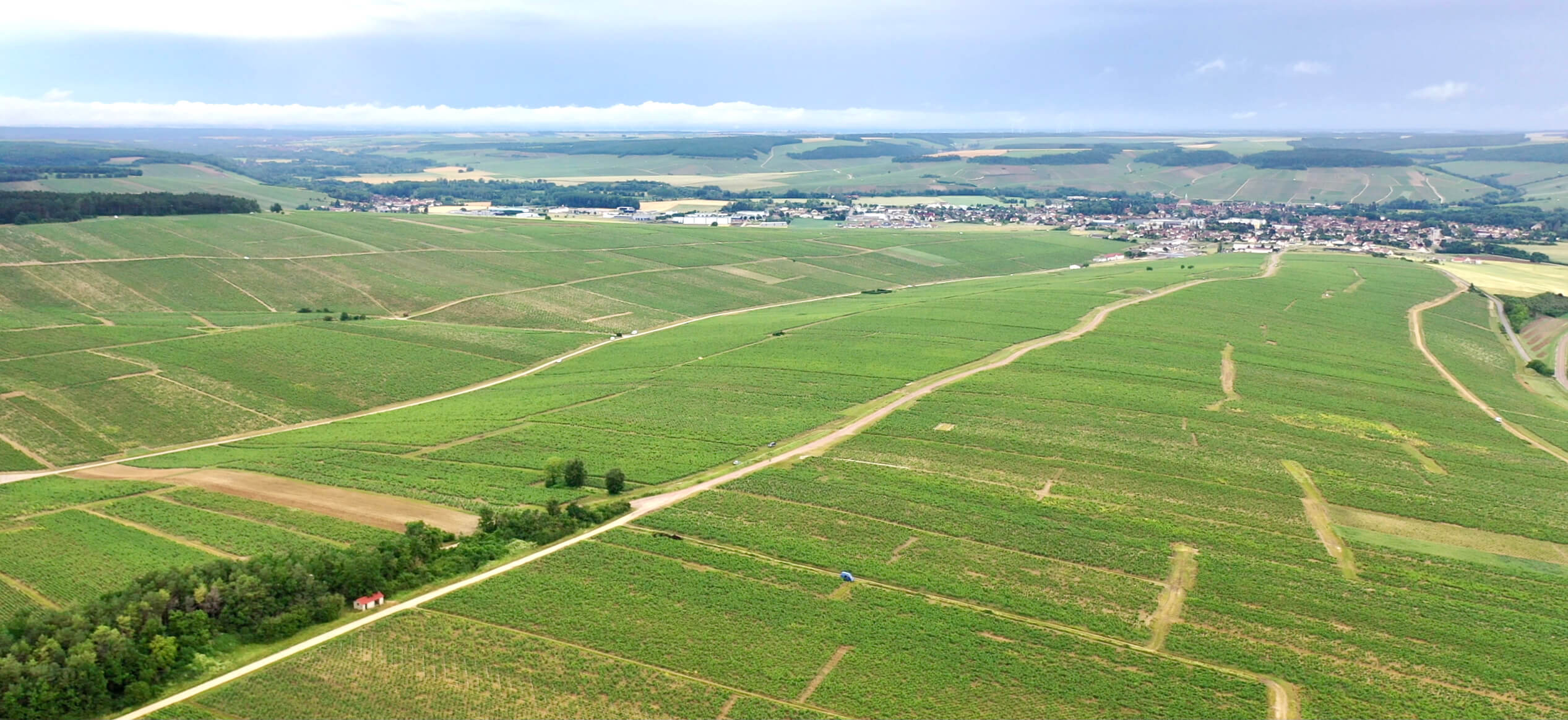
We have a good-sized shipment coming from both of our Chablis producers. We try not to overlap them but we’re playing catch up with everyone and it’s currently necessary to consolidate orders from single zones. Those who know the wines from Christophe et Fils and Jean Collet know that their styles illustrate a considerable contrast from within this same appellation.
I love 2019 Chablis. Why? Because I like to drink bottles of it and this vintage overflows with the things I want out of good Chablis. The 2019s seem closer this year in some ways to the wines of Côte d’Or than in the past. It’s a fabulous freak of a vintage with full ripeness, while still maintaining classic Chablisienne characteristic fruits (citrus, stone fruit pits, a welcoming slight bitterness), yet from a Côte d’Or perspective, I find them closer to pre-sunburn era Corton-Charlemagne, minus the big body. Despite the vintage’s strength being heavier on the thunder than on the lightning, the acidity is still electric and balances the wines out surprisingly well. Some 2019s may even need a few years to really find their groove, a good sign considering some of the previous years (excluding 2017) where the ripeness of the fruit springs out of the glass but the lack of acidity clips its wings.
Domaine Christophe et Fils, the more angular and vertical house style between our two Chablis producers, works in a very minimal way with the full range. His 2019 Petit Chablis and 2019 Chablis are arriving while the premier crus will follow later in the season. Christophe’s entry-level wines highlight the striking differences between the left and right bank of Chablis. All his Petit Chablis grapes are sourced from the right bank (east side) of the north-flowing Serein, just above and around the grand cru slope and the hill of Montée de Tonnerre. The vineyards are super rocky, but their wines are generally stouter than those from the left bank. In general, the right bank—and this is to include most of the best premier cru sites and the grand crus, too—are generally less angular while being softer in mineral impressions than the left bank wines because there’s most often a greater topsoil depth and less root contact with the Kimmeridgian marls below, leading to a bigger, flatter punch. This is obviously true when tasting Christophe’s Petit Chablis because it could easily be mistaken for a notch (or two) above its classification on palate weight alone.
The Chablis appellation wine from Christophe is always one of the more compelling inside the appellation, and like the Petit Chablis, it comes exclusively from the right bank. In contrast to Christophe’s Petit Chablis grown on the harder Portlandian limestone bedrock, those Kimmeridgian marls from the underlying bedrock in the Chablis classified vineyards come through with more lines and angles, a more intense aroma of that Chablisienne gassy flintiness, and greater texture and core power. I’ve been to Christophe’s vineyards every year since we started working together and my favorite parcels are those found around Fyé, inside the valley that separates Montée de Tonnerre from the grand crus. These Chablis village vineyards are steep and composed of Kimmeridgian marls with nearly microscopic oyster shells that, other than a modicum of organic matter, make up the entirety of the topsoil. It’s interesting that in Chablis many vineyards classified as village appellation sites have just as compelling soil and bedrock structure as many of the premier cru sites, but they are downgraded from premier cru status because of their historically unfavorable exposure. Surely that will change when the previously advantaged vineyards may not be able to produce balanced grapes in coming years. It seems that in the last decade, half the vintages have been on the riper side without the acidic snap present to maintain the freshness expected from this region. Also, those vineyards on the historically unfavorable positions often benefit from their later budbreak than the more exposed sites, as this helps them to miss some of the season’s frost.
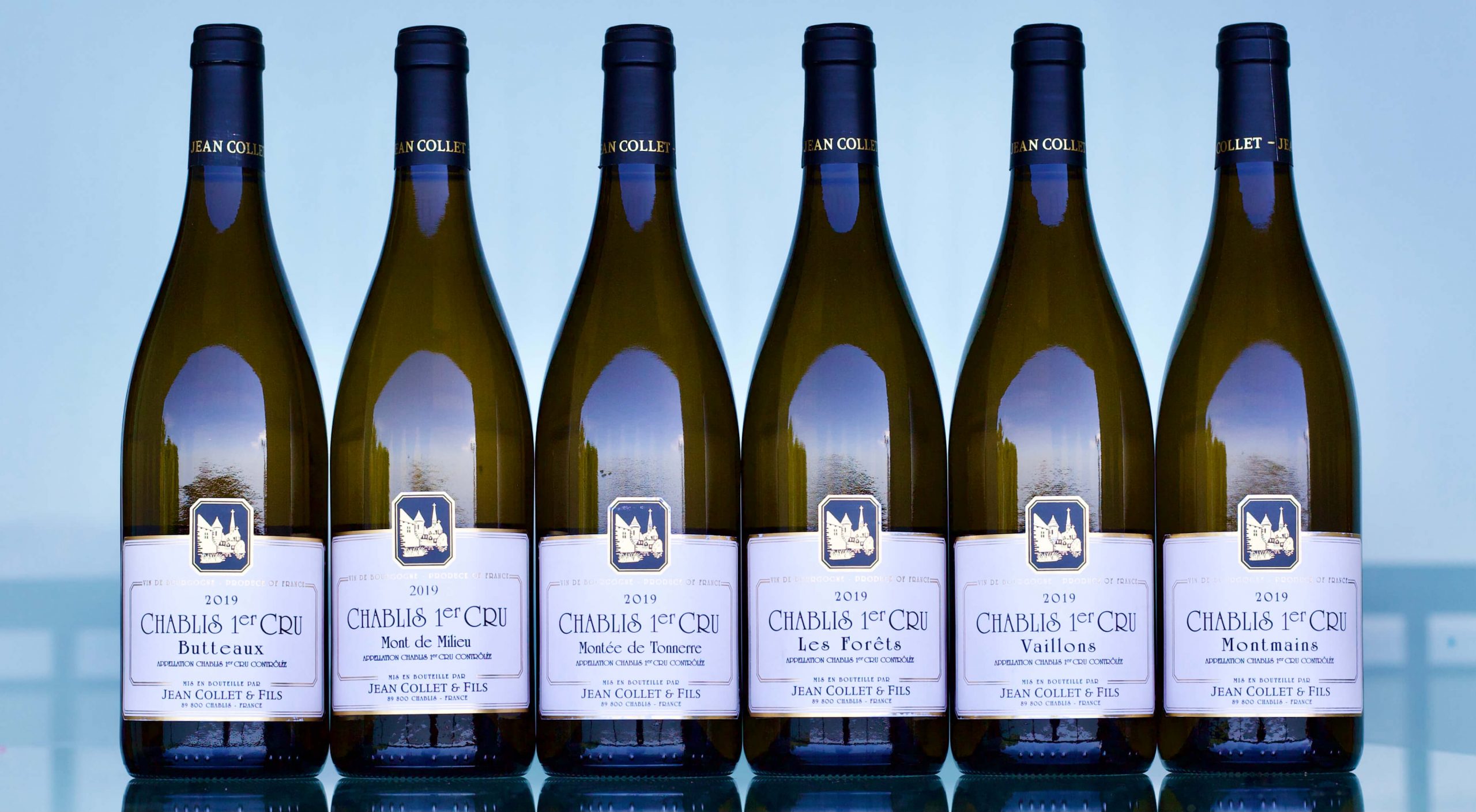
Domaine Jean Collet continues to knock it out of the park and the list we have coming in looks so good! Here’s the star-studded lineup: Chablis Vieilles Vignes, a single 90-year-old parcel with deep soils—perfect for warmer vintages; 1er Cru Montmains, the most minerally beast of the range due to an almost complete absence of topsoil; 1er Cru Vaillons, usually in my top three of the range of premier crus because of its impeccable balance year in and year out; 1er Cru Les Forêts, the most exotic and alluring of the bunch; 1er Cru Butteaux, the biggest of the premier crus in weight and power from the right bank; 1er Cru Montée de Tonnerre, commonly considered the king of the premier crus, with which Romain Collet always has an unexpectedly light touch; Valmur Grand Cru, a privileged northwest-facing section of the cru that renders wines with a massive body and great freshness and minerality to match; and, finally, Les Clos Grand Cru, sourced from the bottom of the slope on a steep angle, producing perhaps the most well-rounded wine in the range—it truly lives up to the expectation of this celebrated grand cru, though Valmur is its equal, at least at Domaine Jean Collet.
The only problem with this much Collet arriving at once (if it could be called a “problem”) is that there are almost too many choices! And every year Collet continues to ratchet up the overall quality of the range. Most of them are certified organic, and for the price, they are a total steal. It’s crazy that Chablis remains so modest in overall pricing compared to Côte d’Or because the quality can be so outstanding on the average with the right year, and 2019 is no exception.
Moving further west to the Atlantic seaboard, we have another young vigneron (at least younger than me!) doing wonderful things: Alexandre Déramé’s Domaine de la Morandière, located in Muscadet Sèvre-et-Maine. This month I revamped his profile on our website to bring more context to these quietly mighty wines that have silly-good prices. Unfortunately, Muscadet seems to go in and out of fashion more than other famous French appellations and I can’t understand why. They offer so much for so little, especially when you find the right producers. None of them break the bank, even the most revered from the appellation. And for all the mineral-heavy appellations in the world, Muscadet ranks in the top tier.
We have two coming from Morandière, but we should have bought a lot more than what is arriving. (We’re already working on that one…) First, there is the 2019 La Morandière, which is no ordinary Muscadet, although it maintains an ordinary price. The vines are old, mostly around fifty years, and grow on loamy topsoil atop gabbro, a super hard, pale green and black intrusive igneous rock. This nearly unbreakable rock seems to build almost unbreakable wines, and to support this idea one only needs to recall the ageability of those from Michel Bregeon before he retired, which were also grown on gabbro.
Next is Morandière’s 2014 Les Roches Gaudinières, Vieille Vignes. This is the crowning jewel and one of the most formidable wines from the entire appellation. It’s a total powerhouse, grown on gabbro bedrock and clay with a lot of gabbro rock in the topsoil. The vines are a mix of massale selections and old biotypes with three-quarters from 80-year-old vines and the rest about fifty years old. This magnesium and iron-rich rock, the clay-rich and rocky topsoil, the old vines and their extremely low natural yields of 25-30hl/ha at most in any given year, imparts dense power that needs extensive aging before being enjoyable to drink. L.R.G is a vinous marvel that needs to be experienced to be understood.
Next, we jump to France’s Southern Rhône Valley for a few goodies from the very user-friendly Côtes-du-Rhône appellations. Some from Domaine Pique-Basse are finally coming back in and this is one of our producers whose wines evaporated with their initial arrival prior to the onset of the pandemic. It’s taken a while for us to get some back in stock, but don’t wait if you’ve got a slot to fill in the cellar with CdR, because there is very little available on this container.
If Pique-Basse’s owner/vigneron, Olivier Tropet, had vineyards in appellations like Côte Rôtie, Cornas or Châteauneuf-du-Pape, he’d be more likely to garner wide acclaim, but he lives in Roaix, the Southern Rhône Valley’s tiniest Côtes-du-Rhône Village appellation. It’s hard to believe what he achieves within this relatively unknown village with his range of wines that have been organically certified since 2009 and are as soulful as they are exquisitely crafted. The reds are savory, deeply flavored, trim, and laced with a surprising degree of subtlety for the power they possess.
Pique-Basse’s La Brusquembille is a blend of 70% Syrah and 30% Carignan and shares the same position around the family domaine as the entry-level Grenache, along with the other that just arrived, Le Chasse-Coeur. Syrah from the Southern Rhône Valley is often not that compelling because it can be a little weedy and lacking in the cool spice and exotic notes that come with Syrah further up into the Northern Rhône Valley. However, La Brusquembille may throw you for a loop if you share this opinion. Without the Carignan to add more southern charm, it might easily be mistaken for a Crozes-Hermitage from a great year above the Chassis plain up by Mercurol, where this appellation’s terraced limestone vineyards lie and are quite similar to the limestone bedrock and topsoil at the vineyards of Pique-Basse. It’s not as sleek in profile because it’s still from the south, but the savory red and black nuances can be a close match.
I love Grenache, and I think it’s a real pity that this extremely noble and versatile grape has lost favor in the current market trend. Olivier picks the grapes for Le Chasse-Coeur on the earlier side and farms accordingly for earlier ripeness with the intention to maintain lower alcohol and more freshness. It’s a blend of 80% Grenache, 10% Syrah and 10% Carignan, and is more dominated by red fruit notes than black—perhaps that’s what the bright red label is hinting at. It’s aged in cement vats (and sometimes stainless steel if the vintage is plentiful) to preserve the tension and to avoid Grenache’s predisposition for easy oxidation. Both Le Chasse-Coeur and La Brusquembille offer immense value for such serious wines.
A wine from one of our favorite characters in the southern Rhône area, Jean David, is back. All of Jean’s vineyards have been farmed organically since 1979, making him one of the region’s natural wine OGs. These days everything is made by his son-in-law, Jean-Luc, but they remain true to form with Jean still looking over his shoulder. We only brought in the Côtes-du-Rhône Rouge this time, but we also have the Seguret coming in later this year, or early next. The inside scoop is Jean David’s Côtes-du-Rhône is made completely of Seguret fruit but comes from the younger vines (those with more than fifty years are the only ones he allows in his Seguret appellation bottlings) and for me, is just as thrilling as their range of Segurets. It’s fresh and bright and offers much more on the complexity meter than expected. It’s elegant and lighter than most from this part of France due to the combination of the vines on limestone and sedimentary rock terraces inside the Ouvèze river valley, the cold winds from the mountains to the east, the vigorous and energetic nature of younger vines, and the extremely sandy soils. Typically, it’s a blend of 55% Grenache, 20% Carignan, 10% Syrah, 10% Counoise, and 5% Mourvedre
As expected, Peter Veyder-Malberg (pictured above) continues his upward trajectory in quality, but with less quantity than in recent vintages we’re ready with a flurry of apologies that will likely accompany our allocations this year. 2018 was an exceptionally short crop for Veyder-Malberg due to hail, so we decided to bring in his 2018 and 2019 wines at the same time. What many in the industry may expect as a hotter version of Veyder-Malberg’s typical style will be pleasantly surprised by the elegance and freshness of the 2018s. Difficult vintages challenge winegrowers and often turn out to be some of the most compelling wines they make in their lifetime. Peter is proud of his effort here and it shows in the wines.
The virtues of the 2019 vintage are clear across all of Austria: it’s unquestionably a banner year for most of the country. It started out warm and dry in the winter, moving into cooler weather with rain in the spring which slowed the vegetative cycle, and in the late summer it cooled again after warm weather conditions in June and July. By September things stabilized and Grüner Veltliner ripened quickly, but the Rieslings benefited from additional hang time with consistent enough weather for the growers to pick when each parcel found its optimal balance. I’ve had the opportunity to taste Peter’s 2019s a few times and drink a bottle of each of the Rieslings and I’ve concluded that 2019 is not to be missed.
I have more great news! After many years of contemplating the move while already farming in a higher quality, eco-friendlier vineyard culture than most of his buddies in the Wachau, Martin Mittelbach, the owner of Tegernseerhof, began full conversion to organic farming a couple of years ago! Everything that’s arriving now is from the fabulous 2019 vintage and Tegernseerhof’s lineup already represents perhaps the best value from one of the Wachau’s top growers working exclusively with fruit grown themselves. In the Grüner Veltliner (GV) range, there are three: Dürnstein Federspiel, named after the ancient and extremely charming medieval village, Dürnstein (with its famous castle perched on a rocky crag where King Richard the Lionheart was once imprisoned—yes, the one in the Robin Hood tale), formerly labeled Frauenweingarten (a wise marketing decision to move away from that tongue twister), and grown mostly on the loess terraces between the Danube and the steep hillsides; Superin Federspiel, a single vineyard wine grown just next to the ancient city walls of Dürnstein and the river, on a gentle slope composed mostly of the famous gneiss bedrock thanks to Danube flooding that kept the site mostly clear of loess depositions, making for a more minerally GV; and Bergdistel Smaragd produced from a series of small vineyard parcels scattered throughout the Loiben and Joching areas of the Wachau. The first two are well-known to our historic customer base, and the latter has been a total knockout as an affordable GV Smaragd that’s been gobbled up in by-the-glass programs listing wines at higher price points. Bergdistel demonstrates that blends of great vineyards can be equally, if not more interesting and dynamic than the single-vineyard bottlings (and they’re always priced better).
We also have a few Rieslings arriving from Tegernseerhof in 2019: Dürnstein Federspiel, a blend of earlier-picked grapes from all of their top sites (Kellerberg, Loibenberg and Steinertal) making it an absolute bargain bottle of zingy, minerally Riesling for the quality and price; and Bergdistel Smaragd, like GV Bergdistel, it’s Smaragd level grapes taken from vineyard parcels in Loiben and Joching, and offers the fuller array of deliciously complex fruit characteristics that can be achieved by perfectly ripened Wachau Riesling.
Kremstal wines from the right bank (south side) of the Danube offer some of the best terroir-rich values in the world, and the entry-level range from Weingut Malat stands next to the best. Like the Malat family, the wines are friendly, but also extremely serious when expected to be. This is the first vintage we’ve imported directly from the Malats after working through another importer over the last six or seven years. On this boat, we have the entry-level Grüner Veltliner, Riesling and Pinot Noir (which may present a pleasant surprise for many Pinot Noir fans), all labeled as “Furth” (formerly labeled Furth-Palt). The whites come from the 2020 vintage and express Michael Malat’s style led by freshness and tension. His 2020s are reminiscent of his 2013s, one of Michael’s earliest vintages and may have been his big entrance onto the Austrian scene. It may be hard to find better Austrian Riesling and Grüner Veltliner for the price (of course there are many truly great producers with entry-level wines in this range) from a grower working exclusively with their own estate fruit and who is not a behemoth producer by comparison. The devil is in the details and it’s easier to lose track of that fact, the bigger a company gets. The Malats exhibit focused presence in the vineyard and cellar, and their production is modest when considering much of it is for the two entry-level whites. There’s also a small batch of 2019 Grüner Veltliner Höhlgraben, a wonderful wine from an excellent vintage grown on shallow loess topsoil on granulite bedrock, a high-grade metamorphic rock similar to the gneiss found in other nearby regions. We’re happy to have the Malats back on board after missing most of the last two years. They are such a pleasure to work with and are in constant pursuit of bettering their previous bests.
On our website there is an interview I did in Austria with Michael Malat during my summer trip. In typical fashion, as was done with the Thierry Richoux video, I try to stay out of it as much as possible (an impossible task for most of the painfully arduous Zoom videos created during the pandemic) to condense the material and make it as time efficient as possible.
Staying on the Austrian Riesling theme is Falkenstein, an Italian cantina with Austrian heritage, both in familial history and the greater influences on their wine style. Borrowing from last month’s newsletter travel journal section on Falkenstein (in case you missed it), it’s a winery located in Italy’s Südtirol/Alto Adige that produces many fantastic different wines (Weissburgunder, Sauvignon, Pinot Noir—all grapes that have been cultivated here for centuries) and many consider the Pratzner family the most compelling Riesling producer in Italy. The vineyard and winery are in one of the many glacial valleys in the north of Italy’s alpine country, with a typical relief of a flat valley floor surrounded by gorgeous, steep mountains, which creates starkly contrasting shades and colors throughout. All the vineyards in these parts must have the correct exposure on northern positions that provide some angle of a south face, otherwise there is no chance of achieving palatable ripeness. The vineyards here are some of the world’s most stunning, and it’s surprising how many are tucked into the valleys of Trentino (the bordering region to the south) and the Südtirol.
Arriving from Falkenstein are small quantities Riesling, Weissburgunder, Sauvignon, and Pinot Noir, the latter a surprisingly fantastic alpine version of this celebrated and talented grape that has called Südtirol home for centuries. I recently had a sampling of their range, including a bottle of the 2017 Pinot Noir arriving this month, with a few growers here in Portugal (from Quinta do Ameal, Constantino Ramos, and the guys from Arribas Wine Company) and they were stunned by the spectrum of complexity in all the wines, especially the Pinot Noir. The Pinot Noir is not Burgundian in style (how could it be if grown on metamorphic rock on a mountainside glacial valley?) but it unearths the best quality of the grape: freshness, layered complexity, finesse, and beautiful bright fruit aromas. Sometimes, depending on the day, it shows a little bit of oak upon opening (I suppose that may be the most predictable Burgundian thing about it), but after a little while it’s gorgeous and pure, tucking the wood so far back inside that it’s unnoticeable. Unfortunately, we only have seven cases on the container.
Last but certainly not least, and likely the first to fly out the door upon arrival, is the 2019 Riecine Chianti Classico. While it may not be a classico Chianti Classico for the staunch traditionalists, it’s for wine lovers who love delicious things. I’ve visited the cantina a couple of times, and it’s taken all the time in between my first tour and the very moment of writing this for me to realize why their wines are so joyful: it’s the people who work at the cantina! Riecine is a collective of youngsters (again, at least mostly younger than me!) who I’ve literally heard whistling while they work. The setting of this place in one of the higher altitude zones of Tuscan wine country has workers (mostly Italians but I think some foreigners too) who constantly show a welcoming smile and have pep in their step as they work in their sun-filled bubble tucked back into their forest in the Chianti hills. Optimism is in their eyes and ingrained in the company spirit. The possibilities afforded to each staff member to make a personal contribution is apparent in their energy and comradery led by the open-minded and very progressive leader, Alessandro Campatelli. They’re a crew on a mission, working as one to free Chianti Classico from the constraints of its traditional introversion(!), to show that Sangiovese can be exuberant, sexy and sophisticated as it heads for a party instead of a stuffy dinner. Just look at the landing page (pictured below) for the winery’s website and you’ll see the origin of the illumination in these wines: it comes from inside its company’s culture; they’re happy and they’re having fun!
Do you care about reviews? I don’t. But some people do, and that’s a bad thing if you like Riecine and you’re not up to speed with what the critics are saying; Riecine gets very good reviews, sometimes great ones, and they keep coming every year. But the 2019 Chianti Classico grabbed the attention of a lot of new buyers who have come out of the woodwork asking us for quantities we simply can’t supply because of the latest press from Decanter (95 points and a gold medal in the 2021 Decanter World Wine Awards, if you must know…). Don’t sit on your hands, especially if you’ve followed this producer already. If you want some, please tell us soon.


